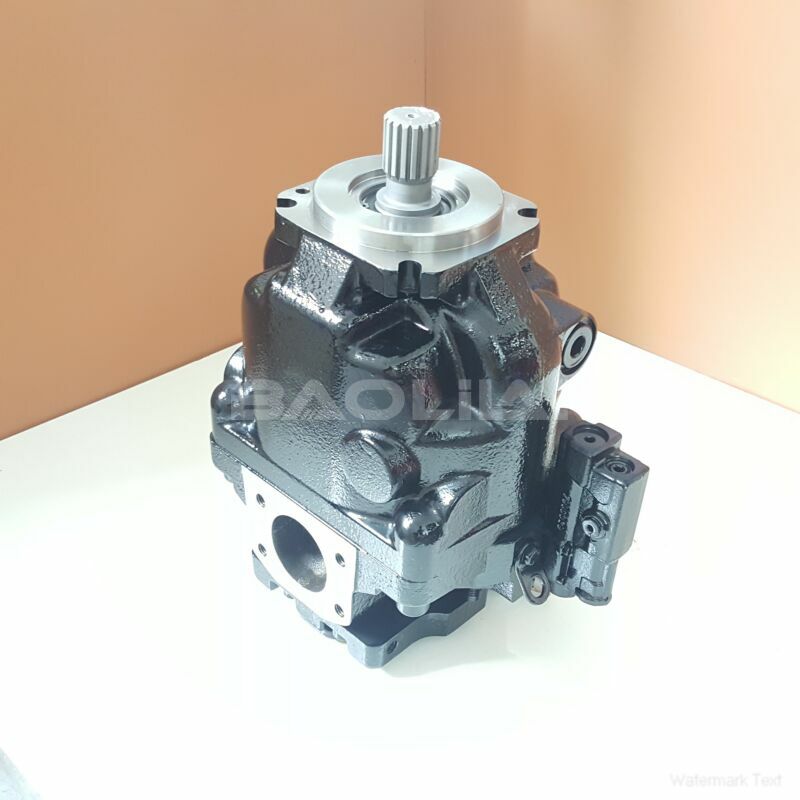ERR100BLS2128NNN3S1CPA1NNNNNNNNNN danfoss pump
ERR100BLS2128NNN3S1CPA1NNNNNNNNNN danfoss pump

- Product Details
- Applicable Scene
Hydraulic pump systems are vital in various industrial applications, from manufacturing to construction. However, flow issues can arise, leading to inefficiencies and potential equipment damage. Whether you’re an experienced technician or a newcomer to hydraulic systems, understanding how to troubleshoot flow issues is essential. Here’s a comprehensive guide to help you identify and resolve problems effectively.
ER-R-100B-LS-21-28-NN-N-3-S1CP-A1N-NNN-NNN-NNN
ERR100BLS2128NNN3S1CPA1NNNNNNNNNN
Begin by observing the system’s performance. Notice any deviations from the expected flow rate, pressure drops, or abnormal sounds from the pump. These observations can provide initial clues about the issue at hand.

83004294
Next, check the hydraulic fluid level in the reservoir. Low fluid levels can lead to cavitation or air being drawn into the pump, resulting in reduced flow. If the fluid level is low, replenish it to the manufacturer’s recommended levels and observe if performance improves.
Another critical step is to inspect the hydraulic fluid quality. Contaminated or degraded fluid can hinder pump performance. Check for signs of water, dirt, or excessive wear particles in the fluid. If contamination is present, consider flushing the system and replacing the fluid with a clean, high-quality hydraulic fluid.
Examine all hoses and connectors for leaks or blockages. A leak can significantly reduce pressure and flow, while blockages can prevent fluid from reaching essential components. Look for any visible signs of damage, wear, or kinks in the hoses. If you find leaks, repair or replace compromised parts. For blockages, you may need to flush the system or replace obstructed hoses.





